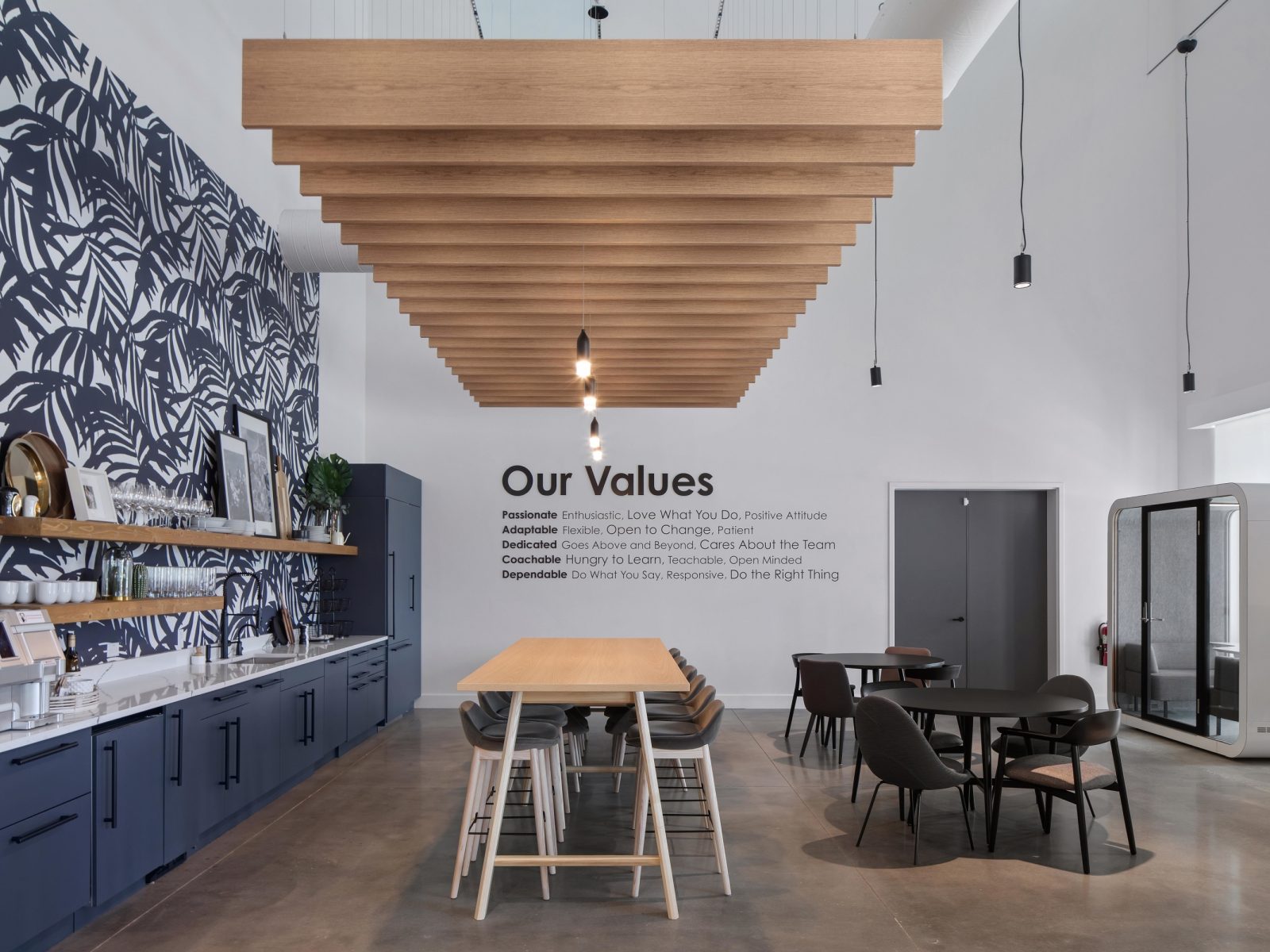Space Planning and the Elastic Interior
After more than a year adjusting to working from home, businesses may need to consider changing up their office space as employees transition back.

Setting up an office in the past used to be very simple. Figure out how many employees you have, how many will have cubicles, how many will have private offices, and how many large conference rooms you need to split up the space. But the way we work has changed drastically, so this simple equation doesn’t cut it.
Activities help organizations understand and support the whole spectrum of needs people have as they move through their workday. Consider what types of activities are carried out by your workers and plan space for those tasks. Does everyone need assigned stations or would more collaborative spaces and unassigned stations work best for some of your team?
Your team’s needs are sure to change, so make sure you are measuring this in some way. Technologies like Herman Miller’s Live Platform will allow you see data in real time to see what spaces are being underutilized and where your team will benefit from a change.
Each organization is different. The office space can act as a powerful instrument to express an organization's unique culture and progress its unique ambitions. The design and management of the office has to begin with a careful consideration of people and their work. There is no one-size-fits-all, off-the-shelf solution for an optimal workplace. A successful office is one that connects people to their work and to each other.












